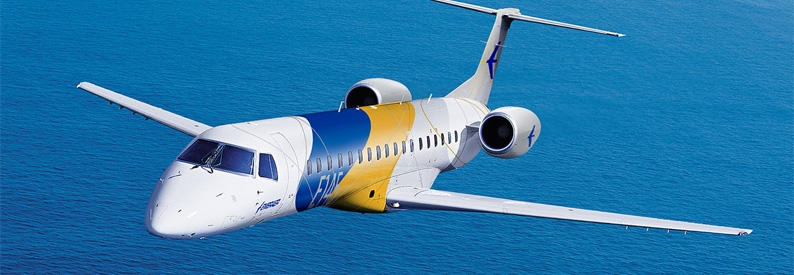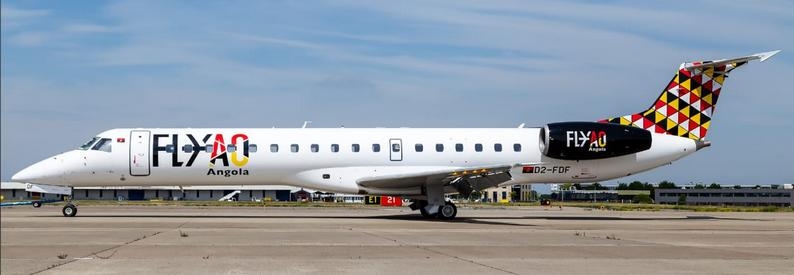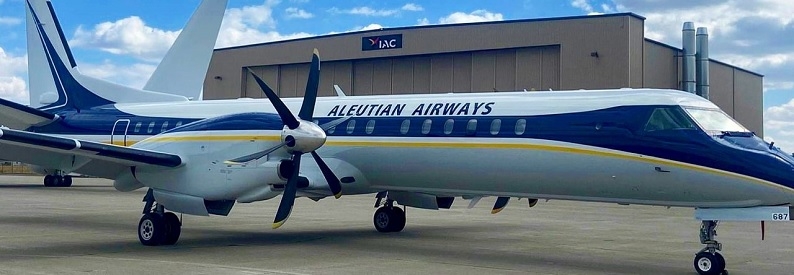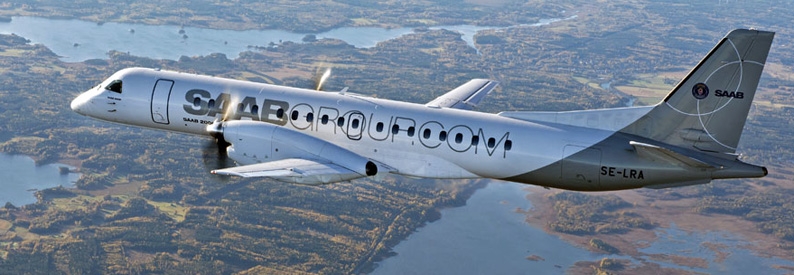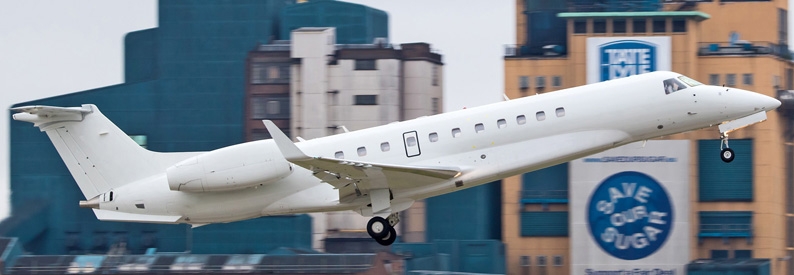The US Department of Transportation has found Via Airlines Inc. t/a Sterling Airways (Jacksonville Craig, FL) to be “fit, willing, and able” to resume commuter air services, inviting interested parties to show cause by March 7, 2021, why it should not make its decision final.
This follows an application by Via on September 30, 2020, to resume commuter air services in three states using one, and later a second, 50-seat E145 during the first year of resumed operations.
The airline had ceased trading on May 24, 2019, and had sought Chapter 11 bankruptcy protection. After the US Bankruptcy Court approved a restructuring plan on July 20, 2020, the majority stake of 95% was acquired by Via Acquisitions LLC, an affiliate of Wexford Capital, a Delaware limited partnership, while 5% was acquired by VICP, LLC, a Delaware limited liability company. On August 4, 2020, the restructuring plan became effective and the parties closed on the transaction on that same date.
In July, Kalinin Holdings, Inc. t/a Alaska Seaplanes (J5, Juneau International), a commuter airline in Southeast Alaska, had indicated it would partner Via for the relaunch of passenger air services formerly served by RavnAir Group subsidiaries PenAir (Anchorage Ted Stevens) and Corvus Airlines (Anchorage Ted Stevens) (now known as Ravn Alaska (7H, Anchorage Ted Stevens)).
As previously reported, on February 9, 2021, Corvus Airlines filed an answer to Via’s application, claiming it was “materially insufficient” and should be dismissed. Corvus pointed to a July 28, 2020, press release by Alaska Seaplanes announcing it and Wexford planned to restart Via and rebrand it to operate within Alaska. Corvus also highlighted Facebook posts from Alaska Seaplane’s Chief Administrative Officer referencing the start of a Saab 2000 conformity process upon completion of recertification, which Corvus said proved that Via intended to operate with aircraft and on routes that were not identified in its application to resume operations.
A series of back and forth responses between Via and Corvus followed during which Corvus, amongst other things, claimed that Via and Alaska Seaplanes were planning to operate under Via’s Part 121 certificate, that they shared leadership, and weren’t separate companies. On its part, Via highlighted inaccuracies in Corvus’s allegations, reiterating that its operating plans remained unchanged since its application. In addition, the company had hired E145 pilots, leased E145s, and was in the process of completing its evaluation by the FAA for the operation of the E145s, it said.
The DOT said it was not convinced by Corvus’s arguments. It said the FAA has advised it had no reason to question the validity of Via’s operating proposal, nor that Via had requested that a Saab (Sweden) aircraft be included in the operating specifications. “In light of this, we find that Via’s application accurately describes the air carrier’s plans to resume operations.”
The DOT said it also found Via’s financial forecast to be reasonable. To meet the DOT’s financial fitness test, the carrier needed USD2.14 million in working capital reserve. Via’s post-closing balance sheet dated August 4, 2020, showed its current assets totalled USD1 million, with USD110,000 in liabilities, giving it USD890,000 in working capital. Wexford had also committed to providing up to USD2.25 million to support the proposed operations.
